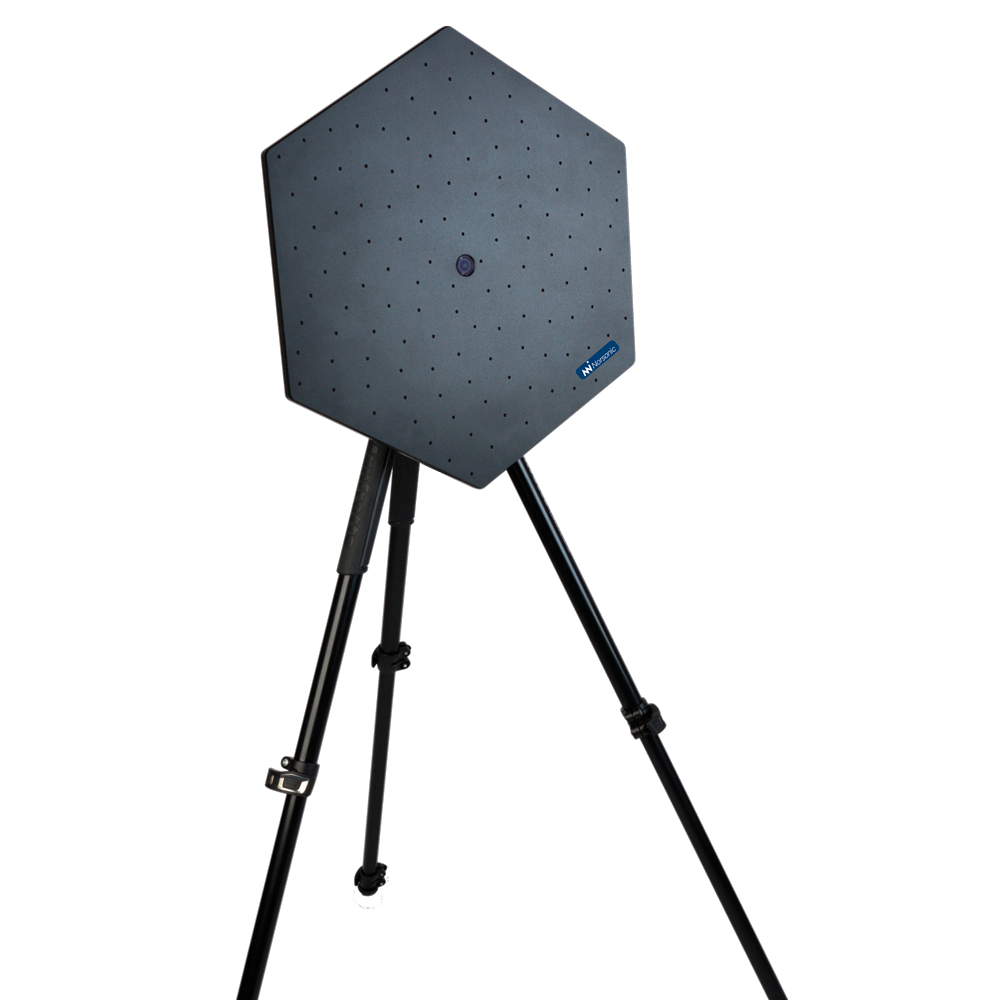Akustisk kamera
Norsonic Nor848B er et modulbasert akustisk kamera. Med en enkelt Hextile har brukeren et lite, bærbart og lett akustisk kamera som kan brukes til et bredt spekter av målesituasjoner. For brukere som krever bedre oppløsning både i lavere frekvenser og totalt sett, kan tre enkle Hextiles kombineres til en større Multitilt system. For spesielle lavfrekvente applikasjoner under 1 kHz, er det også mulig å bruke Multitile i lavfrekvenskonfigurasjonen som Multitile (LF-modus).
Kategori
-

Adaptere
-

Akustisk kamera
-

Kabler og adaptere
-

Kalibratorer
-

Kofferter og vesker
-

Lydøre
-

Måling av utendørsstøy
-

Mikrofoner/Forforsterkere
-

Mikrofonkabler og tilbehør
-

Programvare
-

Stativ og master
-

Støydosimeter
-

Støykilder
-

Støymåler
-

Strømadaptere
-

Test systemer
-

Tilbehør
-

Utendørsmikrofoner
-

Vibrasjon
-

Vindhette mikrofoner
Norsonic Nor848B er et modulbasert akustisk kamera. Med en enkelt Hextile har brukeren et lite, bærbart og lett akustisk kamera som kan brukes til et bredt spekter av målesituasjoner. For brukere som krever bedre oppløsning både i lavere frekvenser og totalt sett, kan tre enkle Hextiles kombineres til en større Multitilt system. For spesielle lavfrekvente applikasjoner under 1 kHz, er det også mulig å bruke Multitile i lavfrekvenskonfigurasjonen som Multitile (LF-modus).
- Display 18 Products per page

















